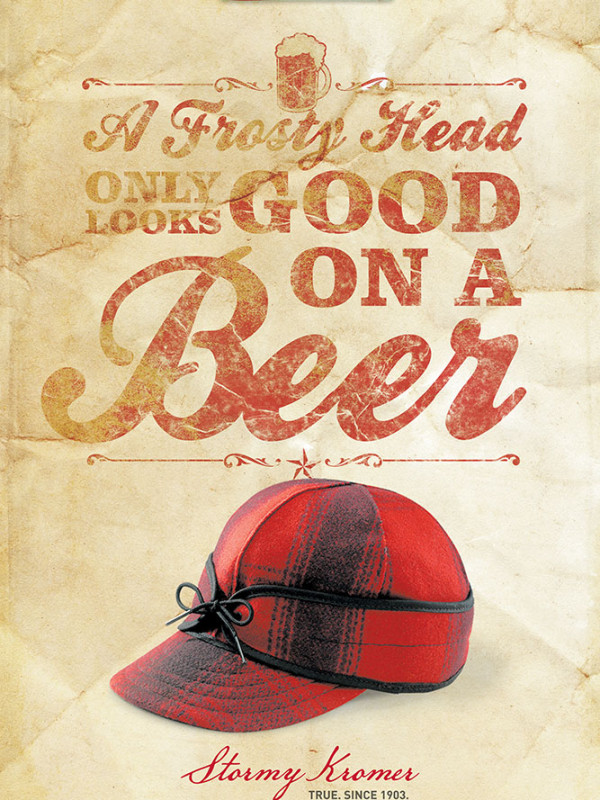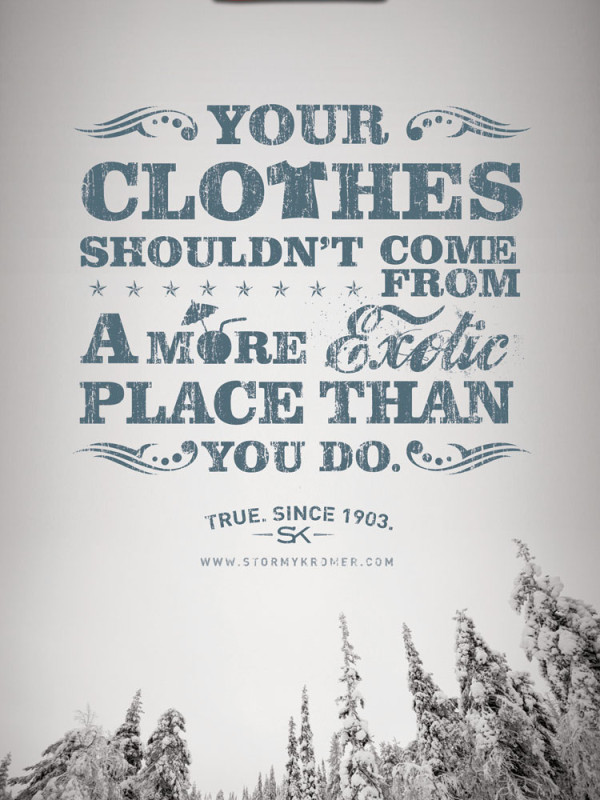By now you are probably aware of the push for a straw ban. Groups such as The Last Plastic Straw and StrawFree are among many organizations and activists working to enact national or international straw bans. The initiatives have had mixed reactions, with cities such as Seattle and New York immediately looking into (and in Seattle’s case, passing) bans while others resist the change and proposed measures. Some states, including Michigan, have gone so far as enacting preemptive laws to make it difficult for individual cities or counties to pass their own bans. For many proponents of the bans, this is understandably concerning, however, it is important to examine a couple angles of the straw ban. So, instead of listing more facts about the environmental impact of straws —which are numerous and now easily researchable — I’m going to cut to the chase with three important things to think about.
- Straw bans could have unintentional consequences
It’s pretty agreed upon by environmentalists and scientists that limiting plastic waste is essential for the health of wildlife and the planet. Alongside things like plastic bags and single use utensils, plastic straws seem like a no-brainer; they are used regularly and easily replaceable by more sustainable options such as metal, paper, and silicone. However, as with most things, it’s not as black and white as straws=bad. One of the biggest arguments against straw bans is coming from the disability community. Though there are a range of sustainable alternatives that work for able-bodied individuals, for those with disabilities, plastic and bendable straws are often essential. At the moment, there are no sustainable substitutes that are both as durable and malleable as plastic straws and many disabilities rights activists are worries that straw bans, while well-intentioned, will unintentionally and severely disadvantage a large subset of people.
- Straws can’t be the only solution
As the hot-button issue of 2018, straw bans are receiving tons of attention and everyone from cities to Starbucks are promising rapid action. While immediate action is great and limiting straws certainly targets a large source of plastic waste, there is worry that straw bans can give a false sense of accomplishment. Many experts and activists are worried that once a ban is achieved people will move on rather than forward, making a modest impact on only one section of the much larger issue of plastic waste.
- Straws are a good starting point
Despite the last two points sounding a bit doom and gloom for straw bans, don’t get discouraged! Whether through outright bans or more individual efforts of counties, cities, consumers, and corporations, limiting plastic straws is a good step for the environment. As these issues come up in your area, it’s important to look at them as a nuanced but also a chance for collaborative change and forward momentum in the fight to save the environment.
For more information on straw bans, check out any of the organizations, national or local, working to limit plastic waste and think about skipping the straw next time you’re out.













